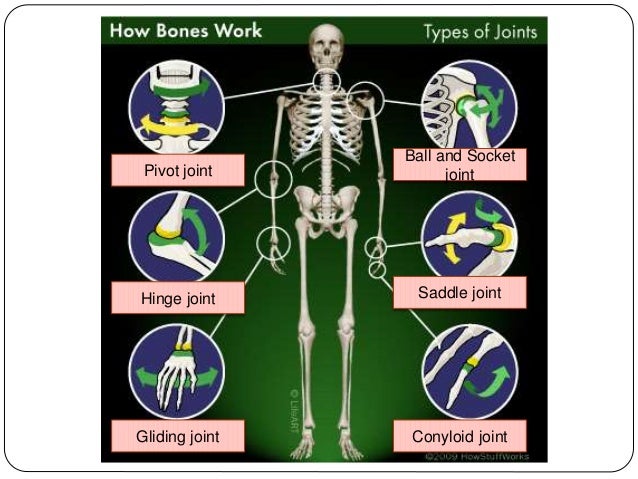
The bones in a saddle joint can rock back and forth and from side to side, but they have limited rotation.

This can have an impact on your overall health and wellness, which is why discovering the benefits of regular chiropractic care at The Joint is so important for so many people.Flexibility: Joints enable your body to moveīall and socket joints: Are the most mobile type of joint in your body
#Bones that join together and are held in place how to
Your spine is complex, but your chiropractor knows how to deal with it and keep it aligned. This also happens to be the reason seeing a chiropractor for regular adjustments is recommended – because over time things will become misaligned again and lead to degenerative changes in your spine. The chiropractic adjustments done by your chiropractor don’t just put the bones back in proper alignment they also work to put the ligaments back in a proper position so that they can heal. Eventually, this can lead to chronic conditions such as degenerative disc disease and arthritis. Over time this will only become a larger problem because all the things that caused the problem in the first place will probably happen again. This leads to the ligaments attempting to support a joint that is weakened and often scarred.


The swelling that causes all of these problems eventually goes away, but you’re still left with bones not in proper alignment. synostosis Bones that join together and are held in place with sheets of collagen between the bones are called synostosis, teeth held in sockets by a fibrous ligament are gomphoses, and between most of the bones of the skull are found gomphoses Bones joined together with hyaline cartilage between the ends of the bones are are sutures and those with.

The muscles that support your spine tighten up to try to keep things together, often causing muscle spasms and pain. Your body can never be accused of not being smart, and because it’s so smart it tries to immobilize or stabilize a joint that has become injured – including the joints in your spine. When misalignments occur, then the ligaments holding it all together become irritated and swollen, losing their ability to hold your bones in place as they should while you move about. Many things can cause the bones in your spine to become misaligned, including: It’s tricky since your spine needs to be flexible in order to support your body in a healthy way. They work to hold the bones in your spine together while still allowing it to move. The bones in your spine, called vertebrae, are held in place by ligaments. Here’s why regular chiropractic adjustments are needed and why your body doesn’t do a very good job holding your bones together in the first place. A natural question to ask about this concept is why on earth your bones don’t hold themselves in place themselves – and it’s a good question. When your chiropractor talks about your bones staying in place, they refer to it as “holding” the adjustment.


 0 kommentar(er)
0 kommentar(er)
